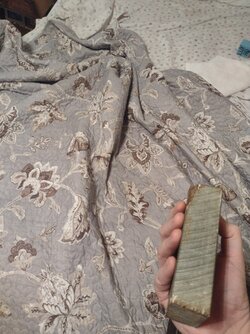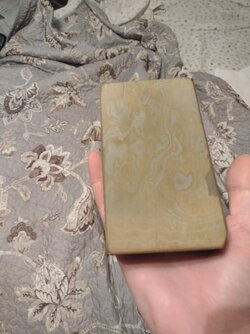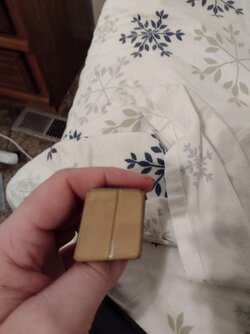There’s a lot of discussion on these boards. about the pros and cons of different finishers. Different types of stone are said to impart a unique combination of cutting power, shaving comfort and face feel onto a finished edge. My experience with freshly honed edges falls broadly in line with the general accepted wisdom on the various stone types. When I know what the finisher was!
It all starts getting a little hazy when I pick up a random razor out of my rotation. I could almost certainly identify a Jnat or a diamond pasted edge visually with magnification. The others would be an educated guess. By feel alone, with an indeterminate number of shaves on the edge, I’m not so sure anymore. I could tell you if it’s a good edge. I could tell you if it needed a touchup. But I don’t think that I could tell you which stone it last saw.
How would you go? Could you pick the finisher in a blind test by feel alone?
It all starts getting a little hazy when I pick up a random razor out of my rotation. I could almost certainly identify a Jnat or a diamond pasted edge visually with magnification. The others would be an educated guess. By feel alone, with an indeterminate number of shaves on the edge, I’m not so sure anymore. I could tell you if it’s a good edge. I could tell you if it needed a touchup. But I don’t think that I could tell you which stone it last saw.
How would you go? Could you pick the finisher in a blind test by feel alone?
Last edited:







